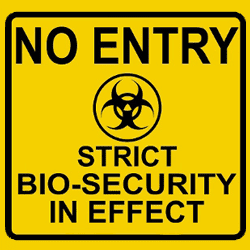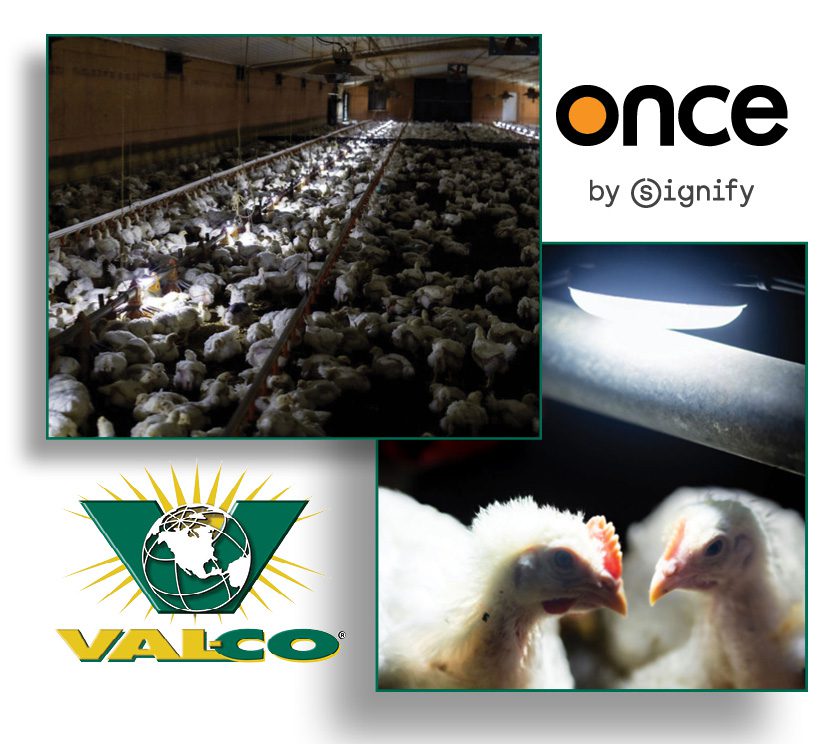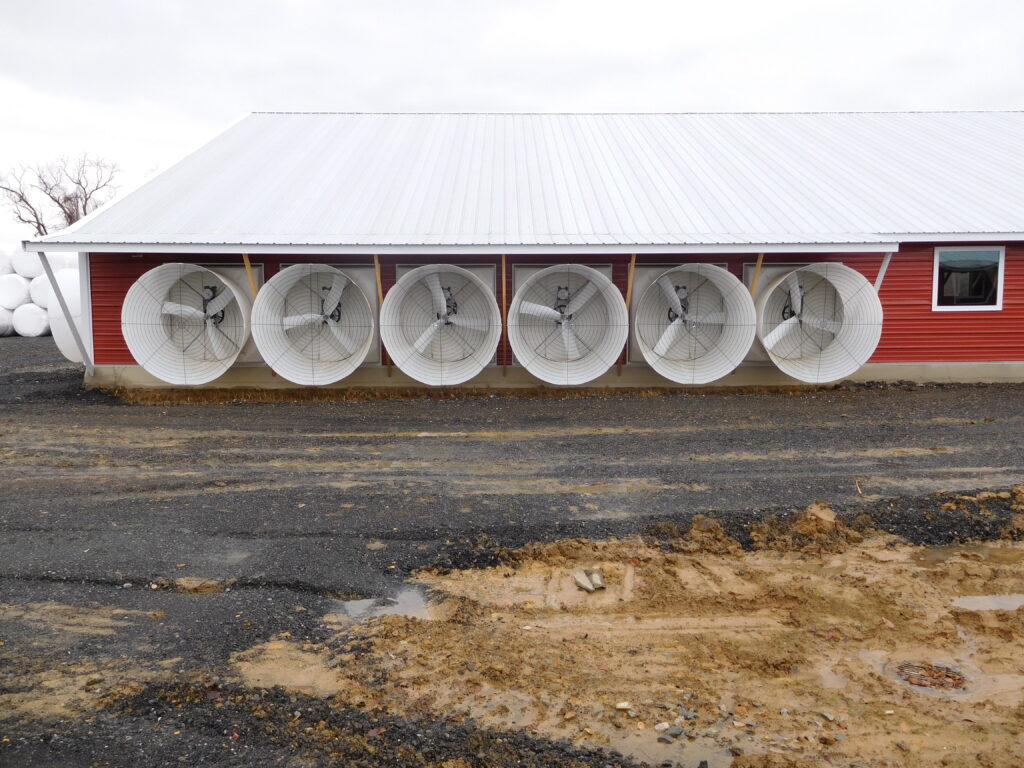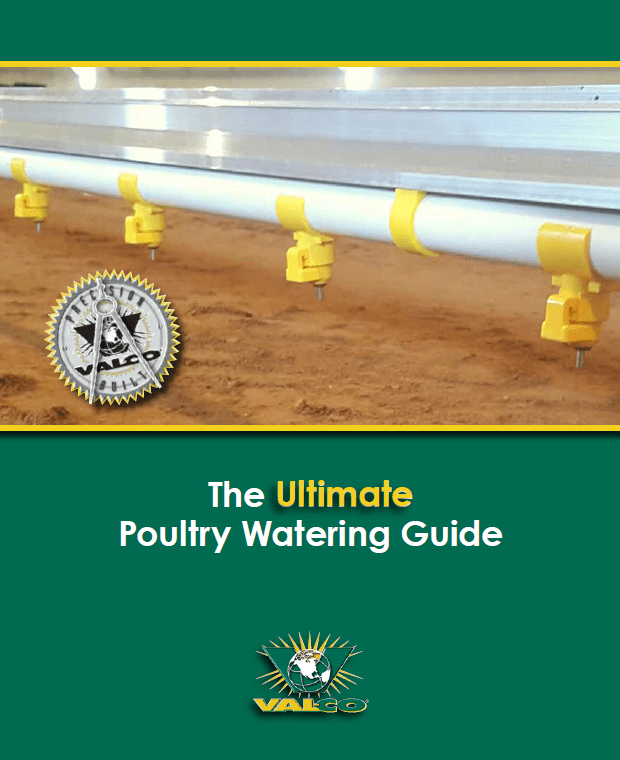 This spring, The Center for Disease Control (CDC) issued a final update for its investigation into the outbreak of Salmonella Reading, which according to its investigation, caused 133 hospitalizations and 1 death across 42 states.
This spring, The Center for Disease Control (CDC) issued a final update for its investigation into the outbreak of Salmonella Reading, which according to its investigation, caused 133 hospitalizations and 1 death across 42 states.
The outbreak was linked to raw and ground turkey products and resulted in product recalls in 2018.
Despite this particular outbreak having now passed, it is still imperative that farmers monitor their flocks and herds closely in order to prevent future incidences.
The easiest way to control Salmonella is to prevent it from getting on to your farm to begin with.
Practice Biosecurity
- Don’t allow wildlife, pests, or pets in the building.
- Traps and bait stations should be checked bi-weekly.
- Mow regularly and check cracks and crevices for potential rodent dens.
- Clean and sanitize
- Wash-in wash-out if possible
- Use the Danish method if not possible. The Danish method uses a changing station to exchange “dirty” boots and clothing for “clean” boots and clothing that is used exclusively in the barn).
- Wash boots and hands.
Vaccinate
- Vaccinations won’t prevent infection in a flock, but they do limit vertical transmission in breeder flocks.
Boost Gut Health
- Probiotics, prebiotics, and organic acids work well together and are best applied through watering lines. Coordinate their application with other additives that may already be run in the water, such as disinfectants, as they could cancel each other out if not staggered.
Salmonella can be contracted through any number of vessels, but humans are the most common vector. We are the most frequent thing that enters and leaves the barn. We have the most contact with potential pollutants. And we have the biggest responsibility to our livestock to do everything we can to keep them health. Remember, no matter what stage of production you work in, you are still producing food, and cleanliness and sanitation are of the utmost importance.
To learn more about Salmonella prevention, click here.



